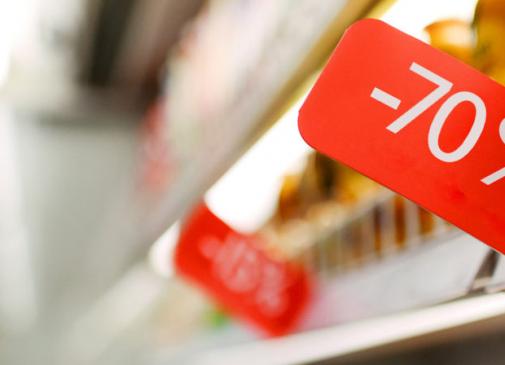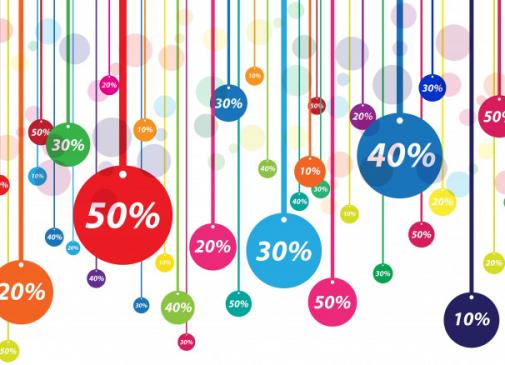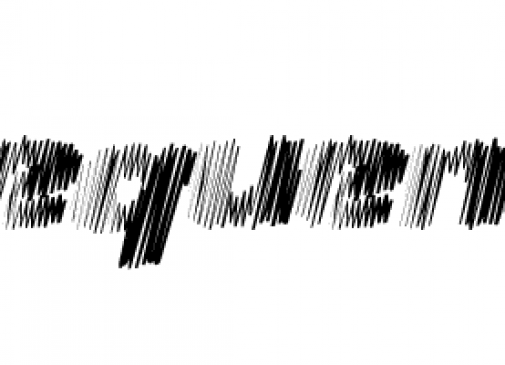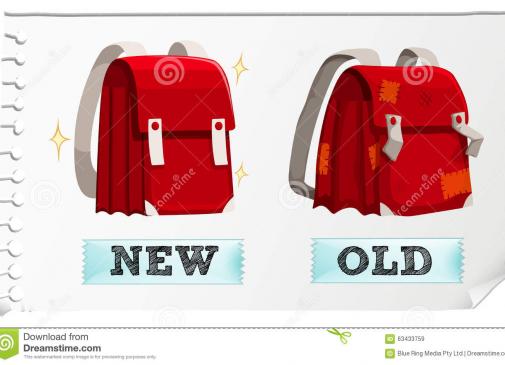This year's horsemeat scandals accentuated the lack of traceability. The discovery of horsemeat in "beef" lasagna sold by a European frozen food conglomerate revealed the uncertainty surrounding the production of frozen meals. Concerned about the safety of purchased food products, shoppers now seek traceable food. Moreover, seven out of ten businesses have welcomed regulation that places emphasis on provenance and food sustainability. Customers are concerned about food quality and safety and exporting companies are facing growing international pressure to prove that its food exports are safe to eat. Traceability is a global concern for all manufacturers.
This year's horsemeat scandals accentuated the lack of traceability. The discovery of horsemeat in "beef" lasagna sold by a European frozen food conglomerate revealed the uncertainty surrounding the production of frozen meals. Concerned about the safety of purchased food products, shoppers now seek traceable food. Moreover, seven out of ten businesses have welcomed regulation that places emphasis on provenance and food sustainability. Customers are concerned about food quality and safety and exporting companies are facing growing international pressure to prove that its food exports are safe to eat. Traceability is a global concern for all manufacturers.
One positive that has emerged from the horsemeat scandal is that the food labelling issue has been pushed to the top of EU policymaker’s agenda. The new EU Regulation 1169/2011 on the provision of food information to consumers considerably changes existing legislation on food labelling, including: nutrition information on processed foods, origin labelling of fresh meat from pigs, sheep, goats and poultry, highlighting allergens e.g. peanuts or milk in the list of ingredients, better legibility i.e. minimum size of text and requirements on information on allergens also cover non pre-packed foods including those sold in restaurants and cafés. From 13 December 2014 all retailers and producers in the food industry will be obliged to comply with these new rules. A risk-management tool, traceability allows food business operators or authorities to withdraw or recall products, which have been identified as unsafe. It is a cornerstone of the EU’s food safety policy.
Say Good Bye to Pen-and-Clip Board Filing
Food safety-minded sectors in the food industry are proceeding on independent yet parallel paths toward improving traceability in their supply chains. Although each sector has unique challenges, the common denominator in these traceability efforts is the use of GS1 standards. Widely used in consumer-packaged goods since the 1970s, but only recently adopted by fresh foods companies, GS1 identification numbers and associated bar codes appear in traceability efforts for multiple fresh food sectors. What exactly is GS1 Traceability Standard? It is a business process standard describing the traceability process independently from the choice of enabling technologies. It defines minimum requirements for companies of all sizes across industry sectors and corresponding GS1 Standards used within information management tools. With the scope of the firms involved and the rapid technological changes taking place in today’s global supply chain, the traditional, largely manual approach to traceability will no longer be sufficient for moving forward. It is time to bid farewell to filing systems. Electronic record keeping will become even more necessary, and the global language for identifying products and locations in the digital supply chain is the GS1 System. Leaders in fresh food sectors understand this, and also recognize the value of operating a system in which consumers and regulators can have confidence.
Happy Meal From Traceable Ingredients
Fast food companies are quick to follow the trend. A new application created for McDonald's Australia that allows customers to track exactly where their meal’s ingredients came from. The app uses GPS technology to identify the customers’ location. From there, image recognition software is used to see what a consumer is eating and real-time tracking from their supply chain is used to find out where the ingredients in the McDonald’s meal came from. Then the app dissects the ingredients that comprise the consumer's meal and allows consumers to choose which ingredient they would like to find out more about. For example, if they pick lettuce, their phones would tell a story that allows them to meet the real farmers who harvested the lettuce. McDonald’s U.S., Canada and U.K. are also making an effort to give higher visibility into food traceability. In order to keep track of products it sources from 40 different suppliers based across the country, McDonald’s India has introduced traceability system to record the movement of each ingredient that goes into making burgers at its outlets. On a daily basis McDonald’s uses 8,500-9,000 buns, 3,000- 3,500 kgs of tomatoes, 2,000 kgs of iceberg lettuce and 5,500 slices of cheese. These are delivered to 255 restaurants across India using 60-70 refrigerated trucks. In order to maintain quality, these products can now be traced back along each step of the production and transportation process to their point of origin, the farm from where it came, right down to the batch and date of harvest or production. Using traceability systems, McDonald’s can track the temperature and location of any product being supplied to a restaurant anywhere in India, in real time and with accuracy (tracking temperature variations as small as 1 degree C). The system allows the company to identify where and when the produce temperature rose outside of preset parameters, and take immediate preventative action.
Sources: http://www.gs1.org; http://blog.barcoding.com; http://www.foodsafetymagazine.com; http://www.gs1au.org; http://www.irishtimes.com; http://www.france24.com, Photo: http://www.flickr.com/photos/czarinaalegre/










